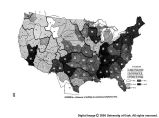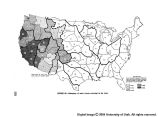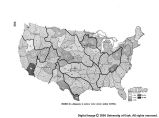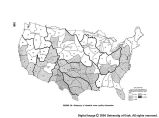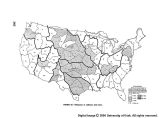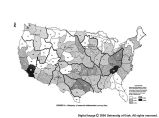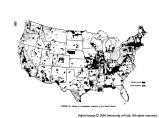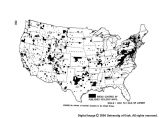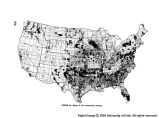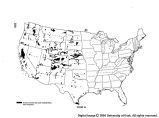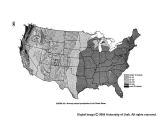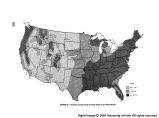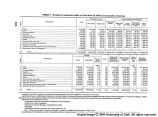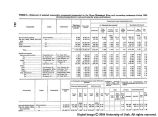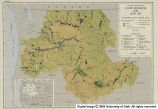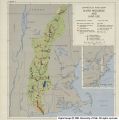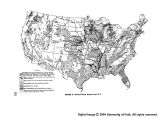| OCR Text |
responsibility for the cost of water resources de- velopment on its own lands rests with the Federal Government, and it should proceed with such development if considered essential to the general welfare, even if State cooperation in assessing sec- ondary benefits is absent. (d) Irrigation projects should be placed on the same basis as other water resources projects for which full reimbursement by direct and in- direct beneficiaries is not a required test of feasibility. 3. In order that the financial aspects of water resources development shall be clearly under- stood by the public and shall serve the purposes of the basin development plans, the procedure should include the following: (a) Congress, in making appropriations, should distinguish clearly the portion of the total investment to be considered as reimbursable by direct beneficiaries; the portion representing sec- ondary benefits to be reimbursed or paid for through the cooperation of States and local gov- enments; and the portion representing general national benefits to be paid for through Federal taxation. The necessary allocations should be proposed by the river basin commissions and reviewed by the Board of Review. (b) All vendible benefits should be charged for on the basis of costs, including return of in- vestment with interest calculated at the prevail- ing rate for long-term Government bonds. (c) Multipurpose program accounts should be established for each basin, and national re- sources accounts established for all water resources programs. (d) All accounting for costs and reimburse- ment, either in the basin account or the national account, should be clearly identified as to in- cidence of benefits and source of repayment. 4. In order to establish harmonious working relationships between the Federal and State and local governments in respect to the planning, financing, reimbursement, and operation of water resources facilities, the Board of Review should be charged with reviewing and recom- mending appropriate cooperative arrangements, so that all levels of government may participate in a common effort to achieve maximum devel- opment and utilization of the Nation's water resources. Specific Functions The Commission makes the following more specific recommendations regarding distribution of costs by specific functions: 1. Hydroelectric Power, Municipal and In- dustrial Water Supply.-The prices charged for these vendible services should at least cover costs, including amortization of the investment with in- terest and payments in lieu of State and local taxes. Such payments in lieu of taxes should be subject to administrative determination based on the general principle that payments on account of multiple-purpose dam and reservoir projects should not exceed those previously paid for prop- erties taken over. Charges for water supply should include surface and ground water, when the latter is replenished or maintained by recharging from Federal works. 2. Land Reclamation-Irrigation and Drain- age.-The primary beneficiaries of reclamation activities should repay without interest1 an amount assessed according to their ability to pay, based upon annual net income which the farmers derive from the project, under a formula adjusting repayment to production and marketing condi- tions, this amount to include the full costs of oper- ation and maintenance of facilities. An agreed portion of the remaining investment cost allo- cated to reclamation should be assumed by the local communities, conservancy districts, or in- terests receiving secondary benefits from the proj- ects under arrangements with the State or States in which the projects are located. 1 The Federal Government collects large sums in taxes from communities in which water resources projects have been constructed. Consequently, a strong case can be made for not requiring payment of interest for use of money invested in water resources projects. Payment of interest has not been required in the past for reclamation bene- fits. Irrigation increases the taxable valuation of farm acreages and greatly enhances the revenues collected by Federal, State, and local governments. (See chapter 11, page 152, for taxes paid by certain irrigation project areas.) 84 |



















































